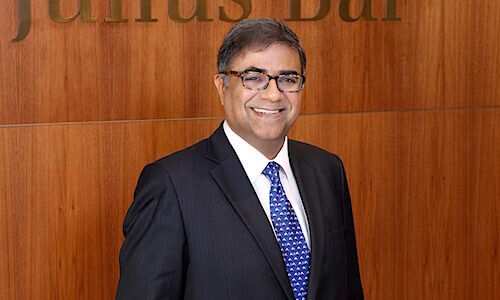Bhaskar Laxminarayan: «SPACs are the Next Tulip Story»
Misuse by issuers and misunderstanding by investors will send the blank cheque boom spiraling downwards, according to Julius Baer’s Bhaskar Laxminyaran, who likened the SPAC craze with the tulip mania of the 17th century.
Historically, special purpose acquisition companies (SPAC) have been used effectively as zero-balance shell companies for mergers and acquisitions in the U.S. for a very long time. But in the midst of the pandemic, the vehicle is being utilized in a fundamentally different way and this could lead to disastrous outcomes for end-investors.
«SPACs are the next tulip story,» said Julius Baer’s Asia chief investment officer Bhaskar Laxminarayan in a virtual roundtable today.
«This is a disaster waiting to happen and it will be shown as a get-rich-quick scheme.»
Modern SPACs
«Because of the way that Covid restricted the number of IPOs that could happen, SPACs became a medium between private equity investing and a market listing,» Laxminarayan.
Unlike its traditional purpose of enabling corporate M&A with already profitable businesses, SPACs today have become a new means of fundraising with limited transparency.
«Therefore, there seems to be some misunderstanding of how [they] should be valued.»
Limited Recourse
In addition to issuer intention and approaches to valuation, Laxminarayan stressed that there is limited recourse if the underlying business within SPACs face any issues as shareholders have no rights and the vehicle faces limited regulation.
«We urge extreme caution when it comes to [investing in] SPACs,» he said even for investors with sufficient confidence and due diligence completed.
«We still believe it's an extremely opaque system. Somewhere along the line, there will be a big blowout and we are going to hear some sorry stories as we go along.»
Still Confident
Despite a sizable correction to the special purpose acquisition companies (SPAC) market issuers and investors continue demonstrating confidence in the blank cheque boom.
Although the IPOX SPAC index fell 20 percent since its mid-February peak, another 77 SPACs have listed since then and raised another $26.2 billion, according to data from SPAC Analytics. This brings the year-to-date total to $73.8 billion raised from 237 SPAC listings, nearing 2020’s $83.3 billion from 248 listings.
Within Asia, the Hong Kong Exchanges and Clearing is exploring the option to add SPACs to its offering while Singapore Exchange could begin listing as early as this year.




























